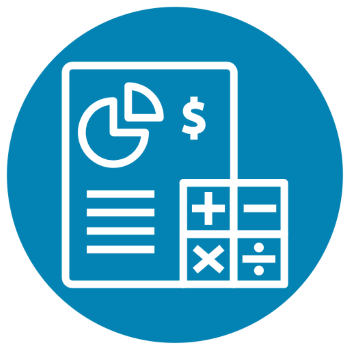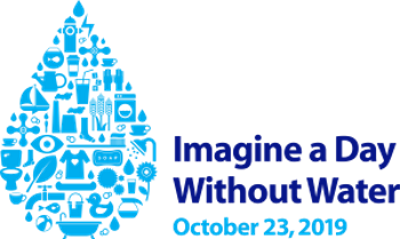With the ongoing COVID-19 pandemic, utilities across the nation continue to adapt to rapidly changing conditions through a number of measures, from suspending water shut-offs to implementing cost-saving maneuvers like reducing energy costs.
To better understand some of the financial implications of the pandemic, the Environmental Finance Center surveyed 93 water and wastewater utilities in North Carolina in early May on a range of topics, including payment plans for delinquent customers, how long they can pay all operating and capital expenses, changes in total revenue collected, staffing for utility operations, plans for the next fiscal year’s rates, and the scope, funding, or timing of capital infrastructure projects for the year.
Four key insights from the survey are detailed below. Each finding is coupled with graphs showing the response distribution for the survey question connected to the key finding. Continue reading







